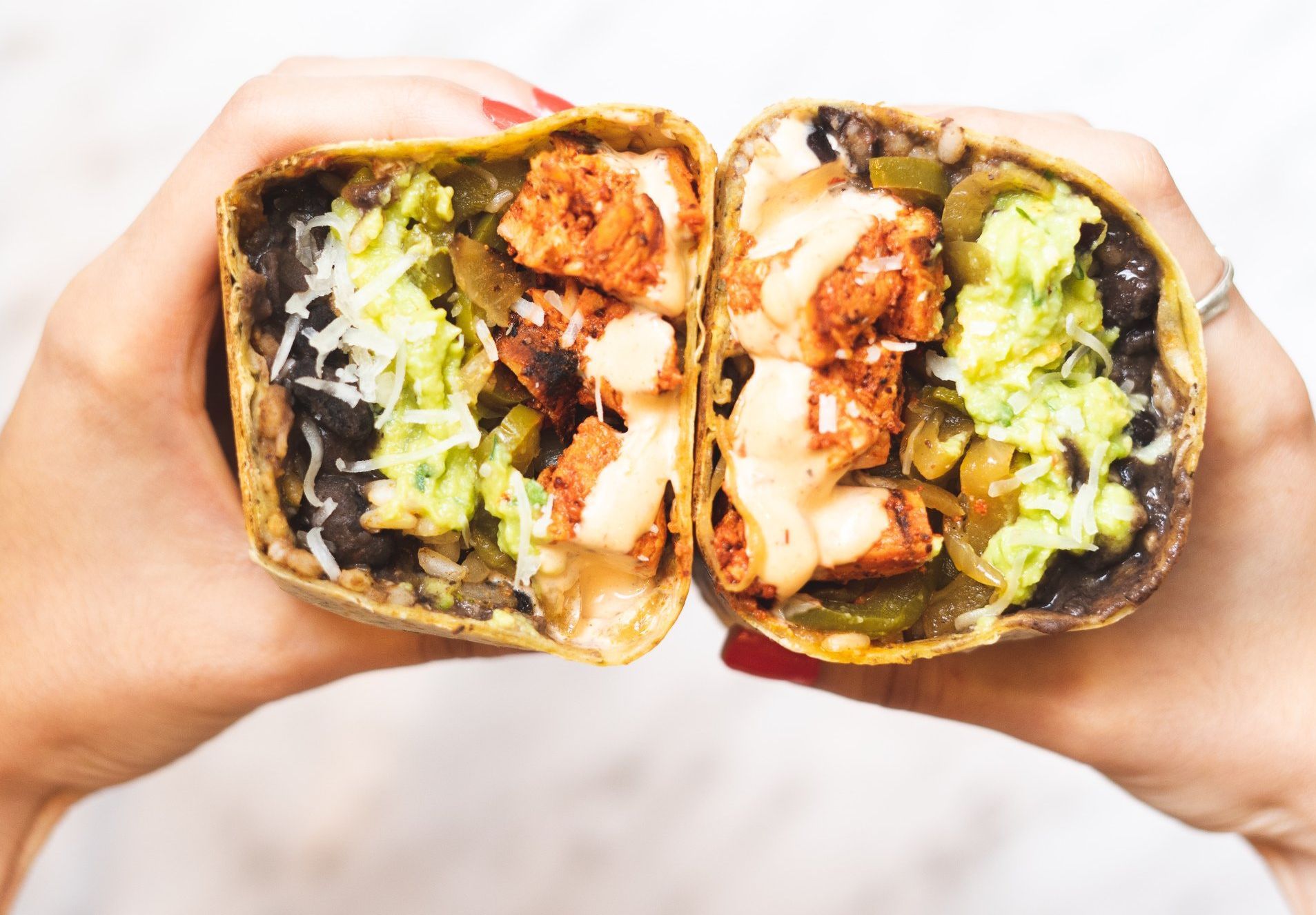A Glance at the Swingbridge Investing Playbook
Using Burritos to Help Explain the Approach

We spend most of our time at Swingbridge investing in both the Private and Public markets. The strategy across the two, and the skill-sets we utilize for both, generally overlap. At the same time, the two separate markets do have different sets of available information, which ultimately lead to different processes. In this case, we talk about our Public market investing playbook.
As we outlined in our last post, our mandate at the Swingbridge Public Equity LP (a concentrated portfolio pursuing a Private Equity / Venture Capital replacement investment strategy) is to drive long-term outperformance relative to the S&P 500 via an active approach to investing. To achieve this, we need to construct a concentrated equity portfolio through the constant evaluation, monitoring, and investment in companies that pursue growth via aggressive capital allocation plans, demonstrate a proven history of generating "economic value add” to the franchise via strong returns on invested capital, and trade at valuations that have attractive upside potential relative to downside risks over the long term.
In order to find Company's that meet this criteria, we must constantly have a robust pipeline of businesses that we are evaluating. To improve our “Top Funnel” investment opportunity set filtering, we have built a customized screening tool that:
- Quickly evaluates the first two criteria above (i.e. aggressive capital allocation & ROIC effectiveness)
- Ranks individual stocks, relative to a broader population, via unique metrics that show a high correlation to strong long-term equity returns
In the simplest sense, any publicly traded Company that is aggressively investing for growth (organically and/or inorganically) and has a proven history of yielding strong ROIC profiles, should undoubtedly rank high on our list of potential investment candidates. These companies generally have a proven track record of efficient value creation throughout economic cycles, whether fueled from: 1) effective operational expense spending (e.g. sales & marketing or research & development); 2) aggressive investing in organic growth projects/capital expenditures (e.g. new product launches, unit/store expansion, or enhancements to PP&E capacity); and 3) the consistent pursuit of strategic acquisitions (e.g. merging with competitors or acquiring adjacent products/services via tuck-ins).
To illustrate how this works in practice, take the example of Chipotle (tkr: CMG), which is a widely known and familiar nationwide quick service restaurant brand (note: though we enjoy their burritos from time-to-time, we do NOT own $CMG in the fund nor do we recommend it in any way as a current investment).
Over the last decade, Chipotle has nearly doubled its store base from 1,595 locations (2013) to 3,187 locations (2022). This growth was fueled by aggressive capital allocation in addition to efficient value add via its ROIC effectiveness. Over the last 10 years, Chipotle spent over $3.0B of cumulative growth capex at highly attractive paybacks/economics on new store openings, resulting in an average FCF yield / market cap of just 2.0%. This activity checks the first box in our evaluation.
Once we have determined how aggressive, and more importantly, how efficient a Company is with their capital allocation plans, our next step is to assess the true “economic value add” created relative to the actual weight of value granted by underlying market results, as measured by stock price performance. This analysis allows us to target Companies with a long track record of under-the-radar enterprise value creation, both relative to the total population of stocks, but also ranked versus select industry peers.
To demonstrate, when measured and evaluated by our customized metrics, Chipotle’s “economic value add” would rank in the top quartile of potential investment candidates among our total Top Funnel investment population. And further, it is among the best performers when filtered exclusively among the restaurant sector. This checks box number two for us.
After confirming that a Company is an aggressive and efficient capital allocator that has truly created "economic value add", the final analysis becomes a review of the underlying risk/reward skew profile – how much return we believe the stock can generate relative to its potential downside risk based on where it is trading at any given time. We determine bull, bear, and base case price targets via a range of valuation analyses, recent LBO transactions, private market comps, and more. The goal is to ensure we only pay a price consistent with shifting the probability of strong expected returns vs downside risk in our favor (and just as importantly, preserving the total skew of our consolidated portfolio > 5x). While Chipotle has been a fascinating operational growth story, Investors have piled in over the years and the total market capitalization has more than tripled from $15 billion at the beginning of 2014 to over $55 billion today, resulting in a current upside/downside skew profile that is unattractive relative to other options. This is where Chipotle misses the mark on our analysis.
Chipotle is an example of a business that scores well on two of our three key investment metrics. But by missing one of those metrics - valuation / skew - due to being further along in its lifespan, it isn’t a fit for our fund at this time. We believe staying disciplined to only owning Company's that can check all three boxes is key to our outperformance going forward.
That said, while we don’t own Chipotle, we do hold a position in a smaller restaurant company pursuing its own aggressive nationwide expansion campaign with a tenured history of highly attractive payback metrics on each new location. Our expectation is that this holding can generate long-term value add via executing comparable ROIC effectiveness relative to Chipotle. And, unlike with Chipotle, since we are able to own it earlier in its growth lifespan, and at a much more attractive long-term risk/reward skew profile at current levels, we believe this investment can deliver long-term performance results that are similar to what Chipotle has realized for its investors over the past decade.
Aggressive capital allocation + ROIC effectiveness + attractive upside/down skew profile = long-term outperformance. This is the key to the investing playbook within the Swingbridge Public Equity LP.
Join Our Blog Email List
Sign up to receive our latest blog posts directly to your email as they are published.
Thank you for subscribing to our blog email.
Oops, there was an error submitting your email.
Please try again later.
Let's Talk
Did this article spark a question?
Want to learn more about Swingbridge or how to work together?
Feel free to reach out.
Contact Us
Thank you for contacting us.
We will get back to you as soon as possible.
Oops, there was an error sending your message.
Please try again later.
Subscribe to the Blog







